木工は大きく分けると「削る」、「切る」、「掘る」の3つの作業に分けられる。良く使う道具は、「削る→かんな」、「切る→のこ」、「掘る→のみ」で、この3つが使えるようになれば大体の作業が出来る。そう考えるとセルフビルドやDIYのハードルが少し下がりますね。まずは「かんな」の歴史からじっくり見ていこう。かんなといえば、木製のかんな台に刃を差し込んだ「台かんな」を思い浮かべる仲間が多いと思う。ご存じの通り手前に引いて使う道具だ。でも台かんなが日本の工具史に現れたのは、中国大陸や朝鮮半島から握り手付きの「突きかんな」が室町時代(1336~1568年)に伝えられたのが最初とある。そう、当初かんなは押して使う道具だった。
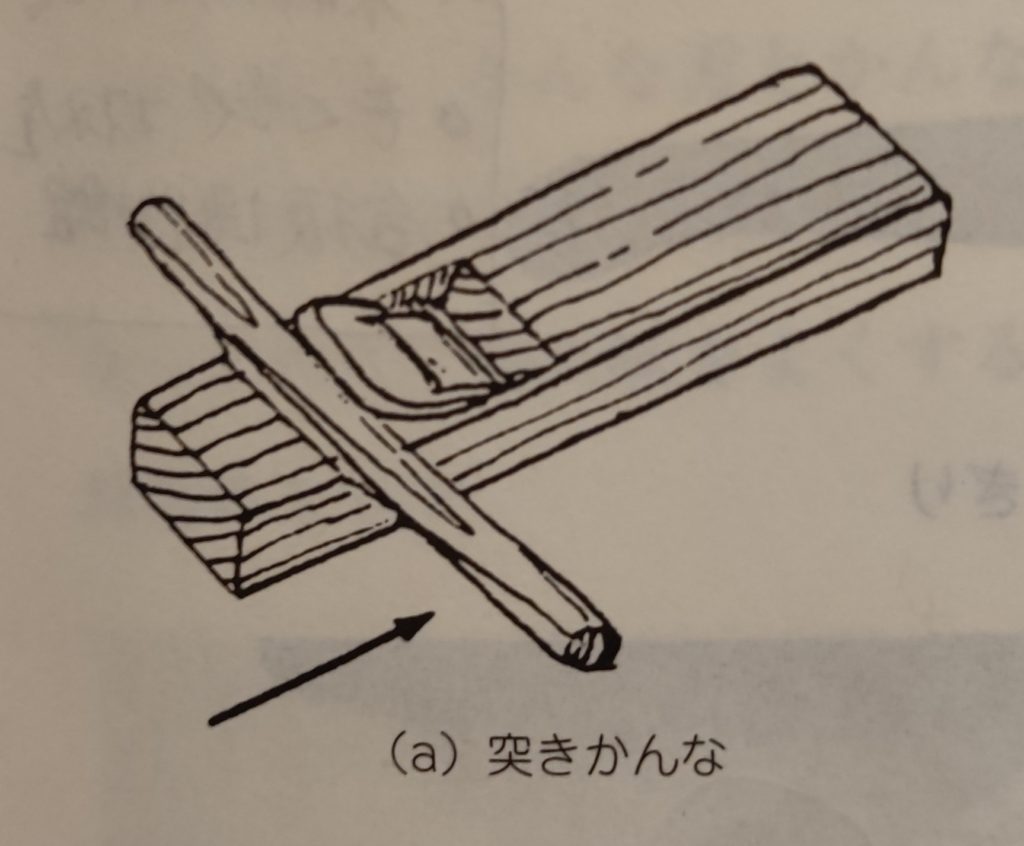
その後日本人の発想で改良が加えられ、現在僕たちが使っているような、手前に引くかんなになった。
それ以前の道具は、主に、「ちょうな(手斧」と「やりかんな(槍鉋)」などが使われていた。削る方法は、室町時代まで楔で割った「打ち割り法(うちわりほう」によって得た板材や柱材の面をちょうなで横削りして、その後、やりかんなをかけて仕上げる。このやりかんなが、今僕たちが知っているような木製の台かんなに発展してきたのだ。今でもマニアックな、ちょうなファン、やりかんなファンがいるんですよ!
ちょうな↓

やりかんな↓
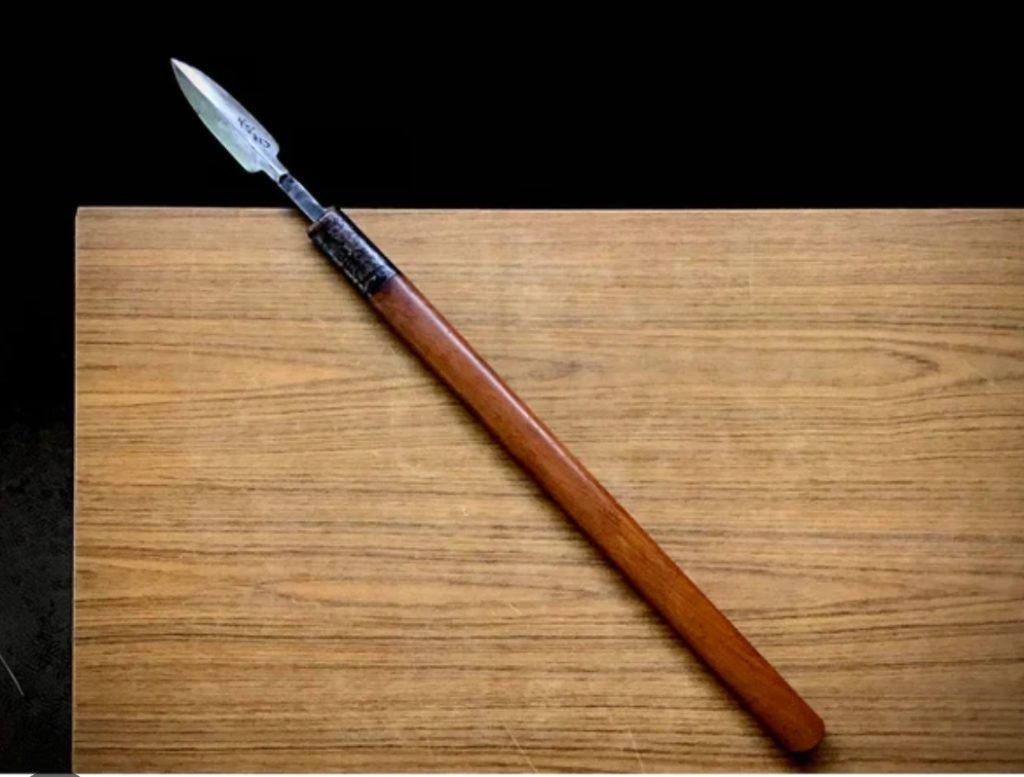
その後江戸時代に、現在使われている引き削りかんなに改良される。これが「和かんな」の歴史。そうそう、今でも西洋かんなは突き削りで押して使うのです。その理由は、日本は古来から座作業、西洋は立作業の文化があるからです。
春日権現験紀絵より(1309年奈良、春日大社に奉納)

Carpentry can be divided into three main activities: “shaving”, “cutting”, and “digging”. Commonly used tools for these activities include the “kanna” for shaving, the “noko” for cutting, and the “nomi” for digging. If you become proficient with these three tools, you can perform most carpentry work. This makes self-building and DIY projects a little easier to manage. Let’s start by taking a closer look at the “kanna”. When it comes to “kanna”, many people may imagine a “taikanna” with a blade inserted into a wooden base. As you may know, this tool is pulled towards you to shave wood. However, it is said that the “taikanna” appeared in Japan’s tool history during the Muromachi period (1336-1568) when the grip-equipped “tsukikanna” was brought from the Chinese mainland and the Korean Peninsula. So, initially, the “kanna” was a tool that was pushed to shave wood.
Afterwards, improvements were made by the Japanese, resulting in the “kanna” tool that we use today, which is pulled towards you to shave wood. So, what kind of tools did people use to shave wood before the Muromachi period? The main tools used were the “chouna” (hand axe) and the “yarikanna” (spear plane). The process of shaving wood involved horizontally shaving boards and pillars using the “chouna”, and then finishing it off with the “yarikanna”. This “yarikanna” evolved into the wooden-based “taikanna” that we know today. There are still enthusiasts for both the “chouna” and “yarikanna” even today! Then, during the Edo period, the current style of “hiki-kanna” (pull-plane) that we use was developed, leading to the history of “wakanna”. Incidentally, Western-style planes still use a pushing motion for shaving wood. This is due to the fact that Japan has a history of sitting work, whereas Western culture has a history of standing work.

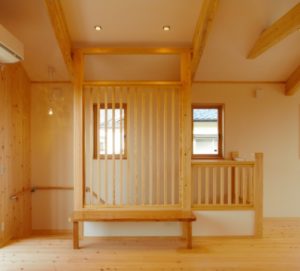
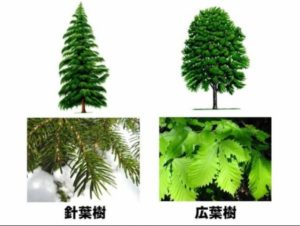
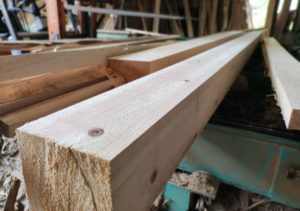
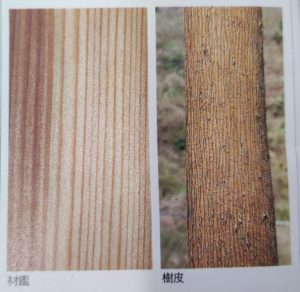
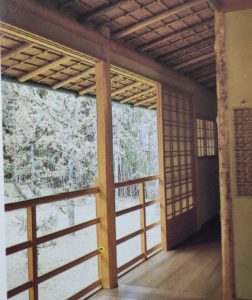
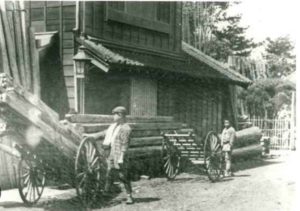
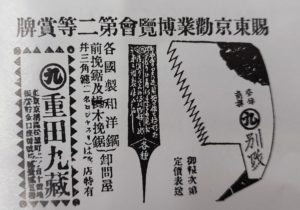
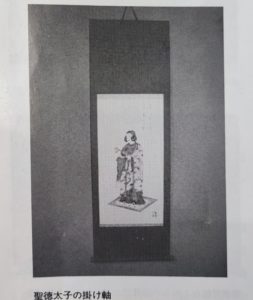
コメント